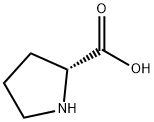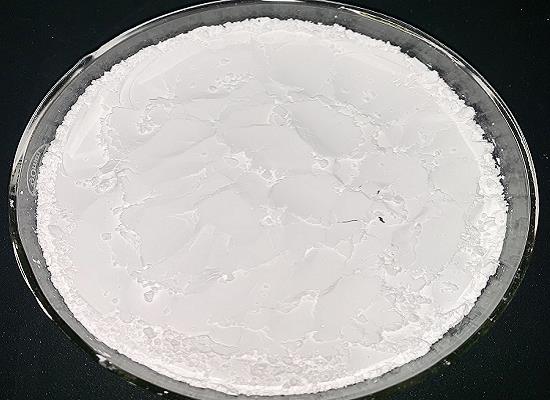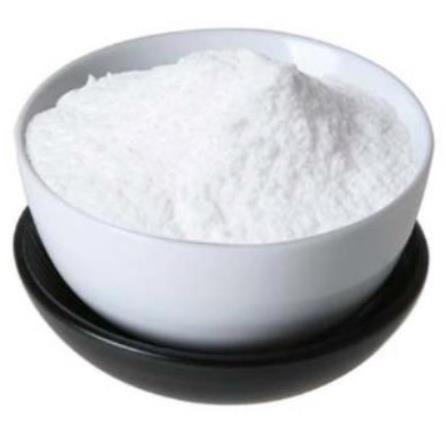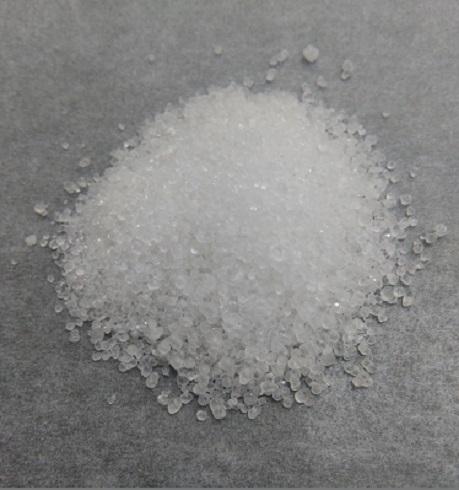Split preparation D-proline
D-amino acids are an important class of chiral reagents and chiral intermediates. At present, most of the production of D-amino acids is to prepare racemates by synthetic methods, and then resolve them to obtain optical isomers. Therefore, the resolution of racemic amino acids is an important step in the production of D-amino acids.
D-proline (proline) is an important intermediate for the synthesis of various optically active compounds and pyrrolidine derivatives, as well as one of the important chiral reagents. The method of preparing D-proline is generally to synthesize racemic proline first, and then resolve it by chemical methods. Because the synthesis of racemic proline is difficult, the D-proline obtained by resolution is expensive. L-proline can be separated and extracted from natural protein and is cheap and easy to obtain. The price ratio of D-proline and L-proline is quite different. Therefore, D-proline is prepared from L-proline through asymmetric transformation. Proline has a very important meaning.
Preparation
The first step is the preparation of D-tartaric acid·D-proline salt. Dissolve the mixture of 11.5g L-proline and 15.0g D-tartaric acid in 150.00mL organic acid, add 10-30% fatty aldehyde, Stir at 5°C for 4 hours, cool to room temperature, then cool for 0.5 hour in an ice-water bath, and filter. The solid was washed with absolute ethanol and dried to obtain 23.1 g of white crystals of D-proline·D-tartrate with a yield of 87.2%, [α]D2022.0°.
The crude salt was recrystallized with 95% ethanol to obtain 19.0 g of refined salt with a yield of 82.3% and [α]D2024.0°.
The second step is the preparation of D-proline. Dissolve 26.5g of D-tartaric acid·D-proline arginine salt obtained from the above recrystallization in methanol, and slowly add an ammoniating agent under stirring to make the solution a weak base at 20-65°C. After stirring for 1 hour at room temperature, cooling to 5-10°C, filtering and washing the solid with an appropriate amount of methanol 1 to 2 times to obtain 17.8 g of D-tartrate ammonium salt, with a yield of 97.0%. The mother liquor was evaporated under reduced pressure to remove methanol, and recrystallized with a mixed solvent to obtain 11.0 g of D-proline crystals with a yield of 95.6%. [α] D20 = +84°.
The third step is the recovery of D-tartaric acid. 18.4g (0.1mol) of ammonium tartrate is moistened with an appropriate amount of water. Add concentrated sulfuric acid with stirring until the solid is completely dissolved. Stir for 1h after adding acetone. After filtering, the mother liquor is concentrated and then cooled to obtain 12.0 g of D-tartaric acid crystals with a yield of 80%. [α] D20 = -12.0°.
You may like
Related articles And Qustion
Lastest Price from D-Proline manufacturers
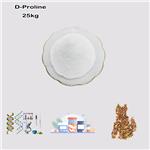
US $0.00-0.00/kg2025-10-21
- CAS:
- 344-25-2
- Min. Order:
- 1kg
- Purity:
- 98.5%-101%
- Supply Ability:
- 500kg
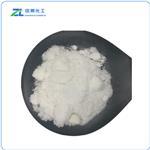
US $150.00/kg2025-04-21
- CAS:
- 344-25-2
- Min. Order:
- 1kg
- Purity:
- 99%
- Supply Ability:
- 500kg
